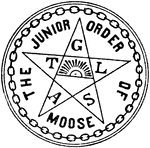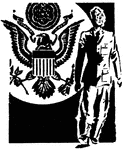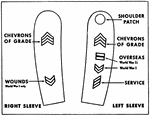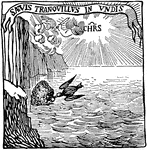Clipart tagged: ‘insignia’
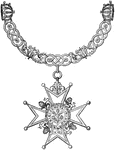
Insignia of the Order of the Bath
"The collar, of gold, in weight thirty ounces, is composed of nine imperial crowns, and eight groups…
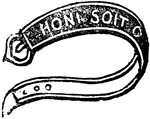
Garter
"GARTER. The insignia of the most noble order of the knights of the garter. It is formed of blue velvet…
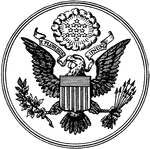
Great Seal of the United States
The Great Seal of the United States with "E. Pluribus Unum" and a bald eagle holding thirteen arrows…
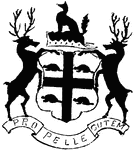
Coat of Arms of the Hudson Bay Company
An illustration of the coat of arms of the Hudson Bay Company.
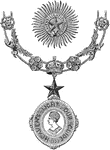
Insignia of the Order of the Star of India
"This Order was instituted by Her Majesty the Queen, in the year 1861, for bestowing honor upon the…

Kearny Cross
The Kearny Cross was a military decoration of the United States Army, which was first established in…

Seal of Sir Thomas Lucy
The official seal of Sir Thomas Lucy, a magistrate who persecuted recusant Catholic families. The seal…
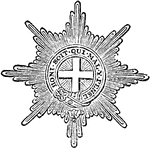
Order of the Garter Star
An illustration of the Order of the Garter Star. The Most Noble Order of the Garter is an order of chivalry,…
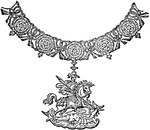
Order of the Garter's Collar and George
An illustration of the Order of the Garder's collar and George. The collar is an accessory worn around…
Order of the Garter's Garter
An illustration of the Order of the Garder's garter. The Garter is worn on ceremonial occasions around…
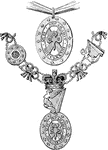
Insignia of the Order of St. Patrick
"The ribbon, of sky-blue, four inches in width, is worn over the right shoulder, and sustains the badge…

Roman Standards
Staffs carried by Roman legions to show who they were and what rank in the army they held.
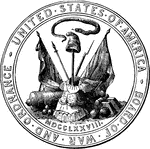
Seal of the Board of War and Ordnance
In 1776 the Board of War and Ordnance was created for issuing supplies to troops in the field, and the…

Silver Medal Awarded to William Washington, Back
For his valor and victory at Cowpens, Washington received a silver medal awarded by the Continental…
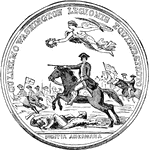
Silver Medal Awarded to William Washington, Front
For his valor and victory at Cowpens, Washington received a silver medal awarded by the Continental…
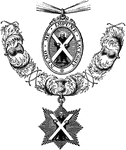
Insignia of the Order of the Thistle
"The Jewel or Badge, attached to the collar, or worn depending from a broad dark green ribbon which…
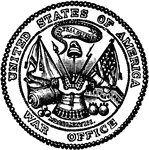
United States of America War Office
The seal of the War Office of the United States of America. The term "War Office" used during the Revolution,…

The Victoria Cross
"Established in 1856 for acts of bravery in battle. It is a bronze Maltese cross with the royal crest…

Washington Arms
The coat of arms of George Washington, President of the United States of America from 1789 to 1797,…
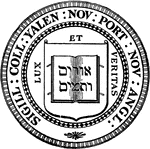
Seal of Yale University
Serious American students of theology and divinity, particularly in New England, regarded Hebrew as…

